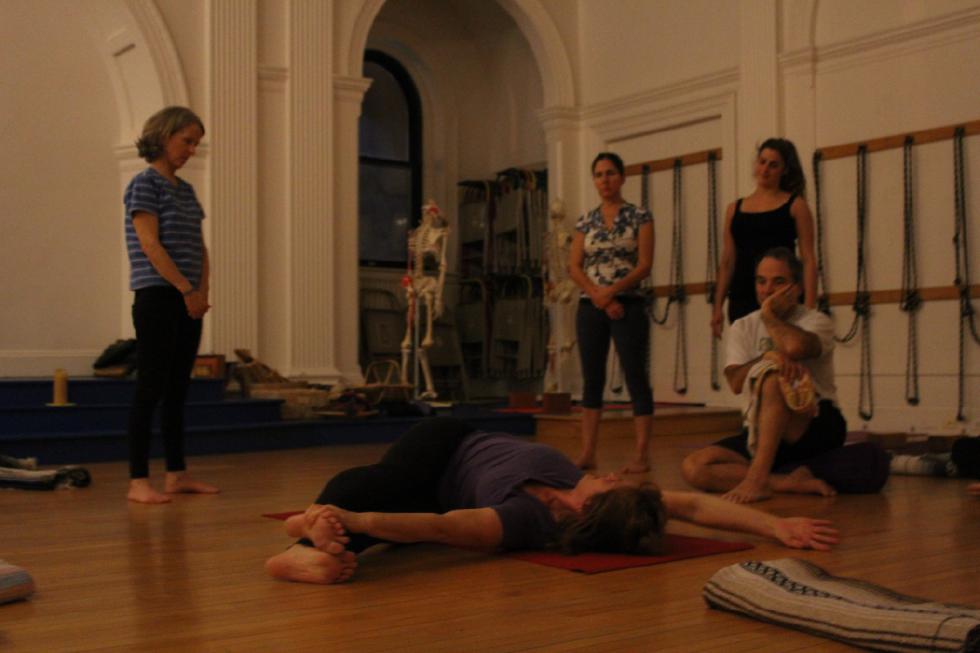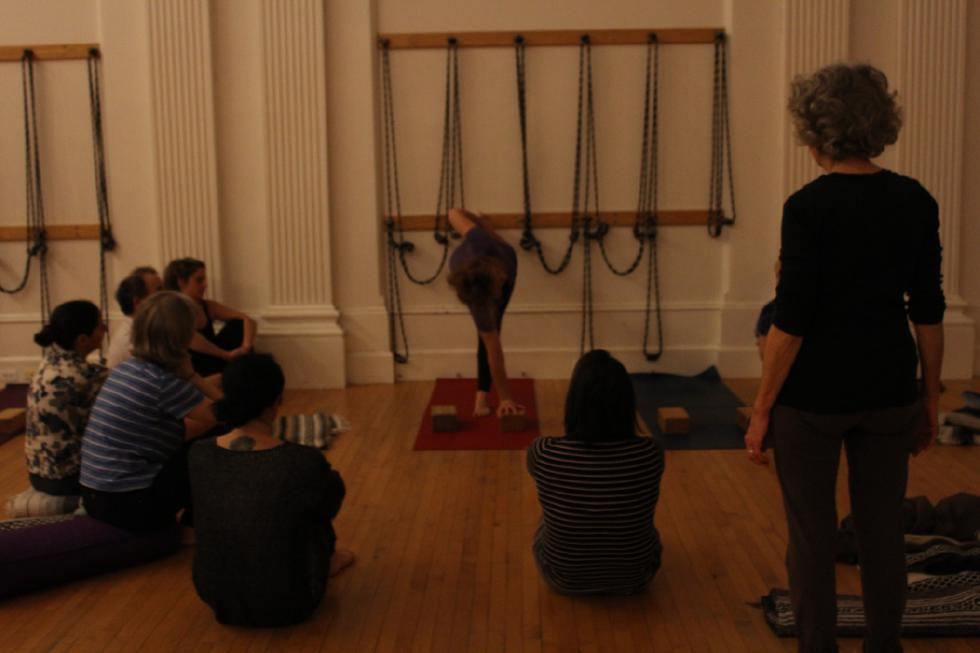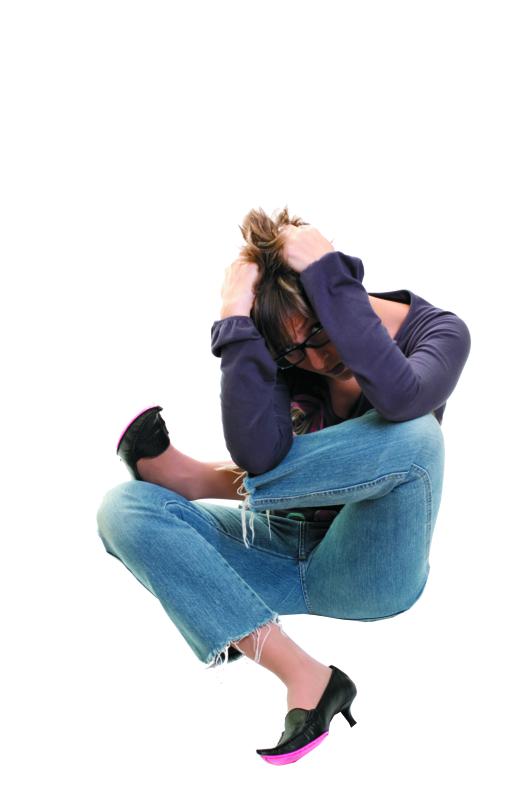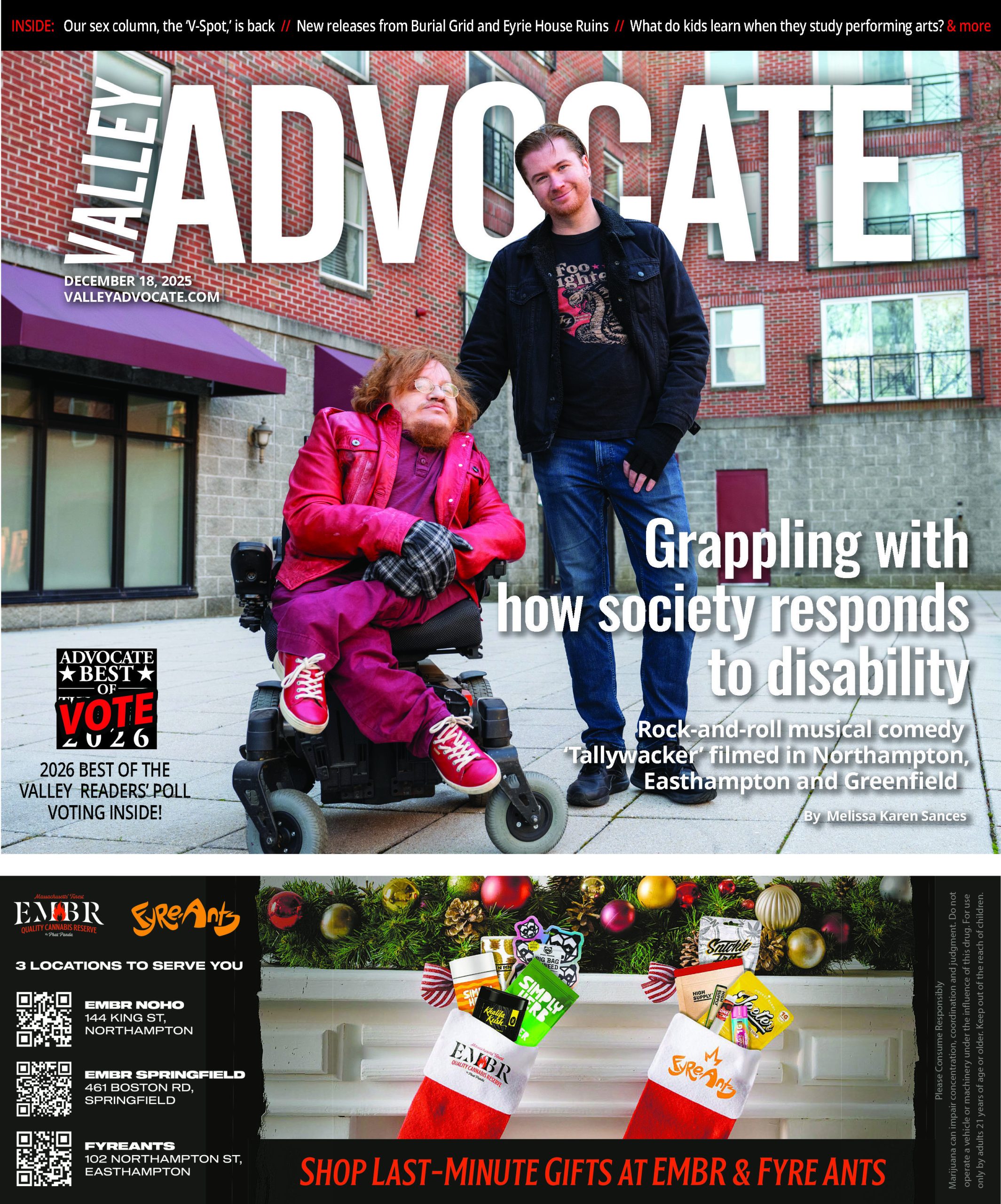A staggering 80 percent of New Year’s resolutions fail, and yogis can tell you why.
These surface-level resolutions — get a gym membership, lose ten pounds, and the like — lack San Culpa, or deep-seated intention. In yoga, the phrase means that you set an intention in your heart, which in turn sends the physical body into action.
Like all other New Year’s intentions, if yoga’s on your list then the practice should come from your heart and not your mind. It doesn’t matter if your significant other is nagging you to do yoga, or that your doctor thinks it’d be good for your lower back problems, or even if your own mind knows it’d be good for your lower back problems — yogic intentions for 2016 should be set first in your heart. Only then can your resolution to start a yoga practice in the new year come to fruition.
If you’re new to yoga and are thinking about resolving yourself to increased mindfulness, mobility, and flexibility, here are some tips for getting started.
∎ Yoga is meant to be joyful. Even seasoned yoga-goers stumble and retreat into child’s pose from time to time, but you just gotta laugh it off — the ability to laugh at yourself is a skill that can help in all aspects of life.
∎ Try not to be turned off by the ohms and chants. I was there, once — I remember choking back laughter as I attended my first yoga classes during my teenage years. Concentration begins with the body, and the mental and spiritual aspects of the practice can come later.
∎ Avoid online yoga, if you can. Some of us, for a variety of reasons, simply cannot make it to the yoga studio. In those cases, online yoga is surely better than no yoga. But doing it this way, you miss out on the teacher-student interaction. A teacher can tell you that you’re doing a pose wrong and you’re about to tweak your knee.
∎ No one’s looking at you. Really. As a beginner, you’re the only one looking around the room for examples — everyone else is too busy thinking about their neck alignment to turn their heads and stare at your presumed awkwardness. It’s all in your head. Sit in the back row if that helps you feel less self-conscious.
∎ You don’t have to be an athlete or a gymnast. You don’t have to be flexible. In fact, if you’re stiff, that’s a great reason to try yoga. You certainly don’t have to be as pliable as the people you see in the glossies.
∎ Yoga is all about being happy with who you are and where you’re at.
∎ Don’t fear the farts. Yoga-goers are an awfully tolerant bunch and are so zenned out they barely notice. And no one will know it was you, anyway.
∎ Dear men: you don’t need to wear tight pants. Wear boxer briefs under baggy shorts if that’s your style. And I doubt anyone’s looking at your junk, anyway.
∎ Avoid hot classes if you’re new to the practice. Hot temperatures loosen the muscles and release endorphins, which can make it very difficult to tell where your physical limits are, making you more prone to injury.
∎ Vinyasa classes are fun once you’ve gotten the hang of it, but they’re often too fast-paced for beginners.
∎ If you’re brand new, I suggest starting with classes taught in the Iyengar style. Iyengar yoga is a bit slower and more methodical than others and classes often incorporate more demonstration. Karuna Center for Yoga and Healing Arts in Northampton and River Valley Yoga in Florence both hold classes in the Iyengar style and both studios also have introductory courses beginning next week. River Valley Yoga’s Introduction to Alignment Series runs for six weeks (Jan. 13-Feb. 24) on Wednesdays from 7:15-8:30 p.m. Karuna’s Intro to Yoga course runs eight weeks (Jan. 15-March 4) on Fridays from 3:45-5 p.m.
Karuna director Eileen Muir — a Scottish-born yogi who began her training at 13 and has taught for 33 years — says an introductory course tailored for beginners is the perfect way to start. She says students new to yoga often arrive with a fear that they are not athletic or flexible enough to fit in with the crowd, and starting off with other beginners helps ease those fears. The intro course at Karuna, she says, helps ready beginners for the level 1 class at the studio by “opening up the physical body and gradually strengthening it with gentle and reassuring challenges.”
An intro program, she says, also helps ease students into the mindfulness aspect of yoga.
“Sometimes beginners, because they’re so focused on the physical body, they don’t get that initially,” says Muir. “But by the end of the course the mind has become so concentrated.”
Muir says that building up a yoga practice is like building a house from the ground up.
“If the foundation of a house is off — the foundation of the pose — it’ll have a ripple effect,” says Muir. “We focus a lot on people’s feet and how the inner heels are tracking with the inner knees. And all that relates to the spine.”
Muir says that yoga is all about celebrating students exactly as they are. Transformation, she says, comes with accepting your own limitations and working through issues.
“It’s like a doorway to all these multiple levels of relaxation, well-being, heart opening, stress reduction,” she says. “There’s a confidence that comes with being able to stand on your own two feet with strength.”•
Contact Amanda Drane at adrane@valleyadvocate.com.






